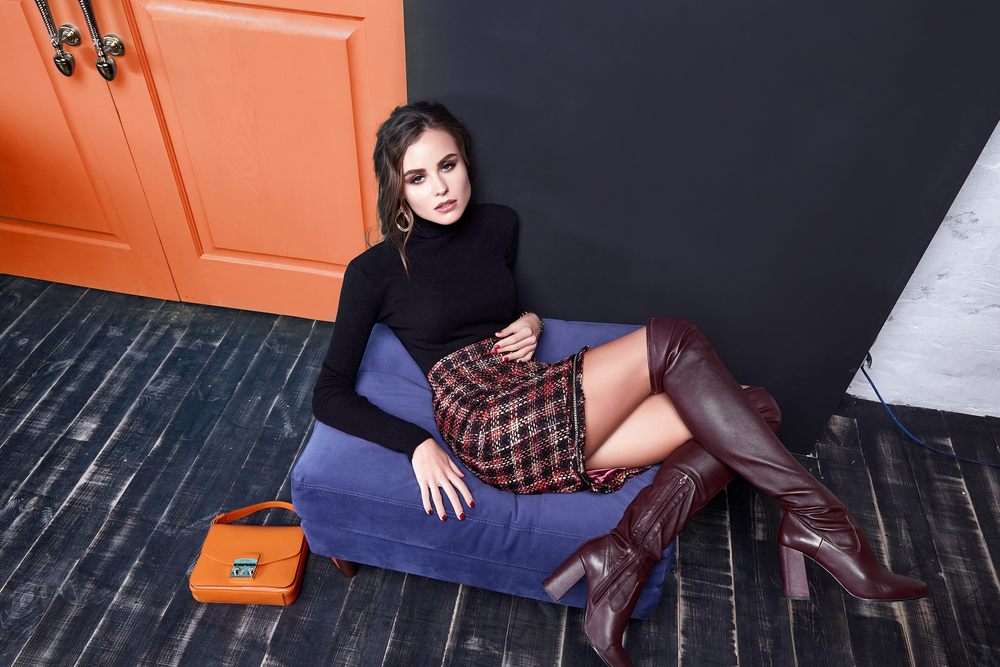The world of modeling is often associated with glitz and glamour, showcasing beautiful individuals on runways, magazines, and advertisements. However, behind the scenes, there is an incredible amount of art and science at play. From the perfect pose to the intricate details of the fashion industry, modelling encompasses both creative expression and calculated precision. Today, we delve into the world of modeling, unveiling the secrets behind the captivating industry.
The Art of Modeling
Modeling is an art form that requires individuals to showcase clothing, accessories, and more through the art of posing and movement. It is a medium that allows designers to display their creations in the most visually appealing way possible. Models bring life and energy to a garment, capturing the attention of viewers and enticing them to pay attention to the brand.

Posing is a vital aspect of modeling, as it allows the models to convey different emotions, highlight specific elements of the outfit, and create a narrative within a single frame. The perfect pose can amplify the impact of a garment and make it captivating to the viewers' eyes.
<h2>The Science of Modeling</h2>
While modeling may seem like pure artistic expression, there is also a strong scientific aspect involved. The fashion industry values specific body measurements, with designers creating garments to fit certain proportions. Models must fit within this mold, as their measurements directly impact the way fabrics drape and garments fit.
The science of modeling goes beyond body measurements and proportions. Lighting, photography techniques, and angles also play a crucial role in capturing the perfect image. Understanding how different lighting setups flatter certain features and how to pose in a way that showcases the garment's best characteristics is a skill that comes with experience and practice.
Modeling and Fashion Industry
The modeling world and the fashion industry are intrinsically linked. Models act as living mannequins for designers, fashion houses, and brands to display their creations. Fashion designers analyze trends, fabrics, and cuts to create collections that capture the essence of their brand or label.
Once a designer has created a collection, they collaborate with modeling agencies to find the perfect models to showcase their designs. Models must embody the image and style of the brand, whether it's high fashion, streetwear, or lingerie. Their ability to bring the designer's vision to life is crucial for the success of the entire fashion show or campaign.
Ethical Considerations in Modeling
The modeling industry has faced its fair share of criticism over the years for promoting unrealistic beauty standards and body ideals. However, in recent years, there has been a push for diversity and inclusivity in the modeling industry. The demand for models of all sizes, ages, ethnicities, and genders has grown, leading to a more authentic representation of the diverse world we live in.
As such, modeling agencies are now more focused on representing a variety of individuals and endorsing positive body images. The inclusion of models who break traditional beauty standards has allowed for a greater connection between consumers and the brands they support.
FAQs (Frequently Asked Questions)
Q1: How can one become a model?
A1: To become a model, one typically starts by finding a reputable modeling agency and submitting their portfolio or attending open casting calls. It's essential to build a professional portfolio and network with industry professionals.
Q2: Is modeling a full-time career?
A2: Modeling can be both a full-time or part-time career, depending on the individual's opportunities and commitments. Some models work on a freelance basis, while others sign contracts with modeling agencies.
Q3: Are there age restrictions for models?
A3: While fashion modeling often focuses on youth, there are opportunities for models of all ages. From child models to mature models, the industry recognizes the importance of representing different age groups.
Q4: What are the challenges of being a model?
A4: Modeling can be a highly competitive and demanding profession. Models need to maintain their physical appearances, deal with rejection, and navigate a sometimes unpredictable and fickle industry.
Q5: How does modeling impact the fashion industry?
A5: Modeling plays a crucial role in the fashion industry as models are the primary medium through which designers showcase their creations. They help bring life to garments and communicate the brand's message to consumers.
Modeling: The Perfect Blend of Art and Science
The art and science of modeling go hand in hand, creating a visually stunning industry that captivates the masses. From the artistic expression of poses and movement to the scientific precision of body measurements, lighting, and angles, modeling is a multifaceted profession that requires both creativity and technical skills.
As we continue to appreciate the glitz and glamour of the modeling world, let's remember the incredible amount of hard work and expertise that goes into each pose, each walk down the runway, and each capture in front of the camera. The art and science of modeling combine to create an enchanting industry that constantly pushes boundaries and shapes our understanding of beauty and fashion.
Other useful resources
- https://en.wikipedia.org/wiki/Category:Modeling_(profession)
- https://en.wikipedia.org/wiki/Category:Modeling_agencies
- https://www.planetmodelphoto.com